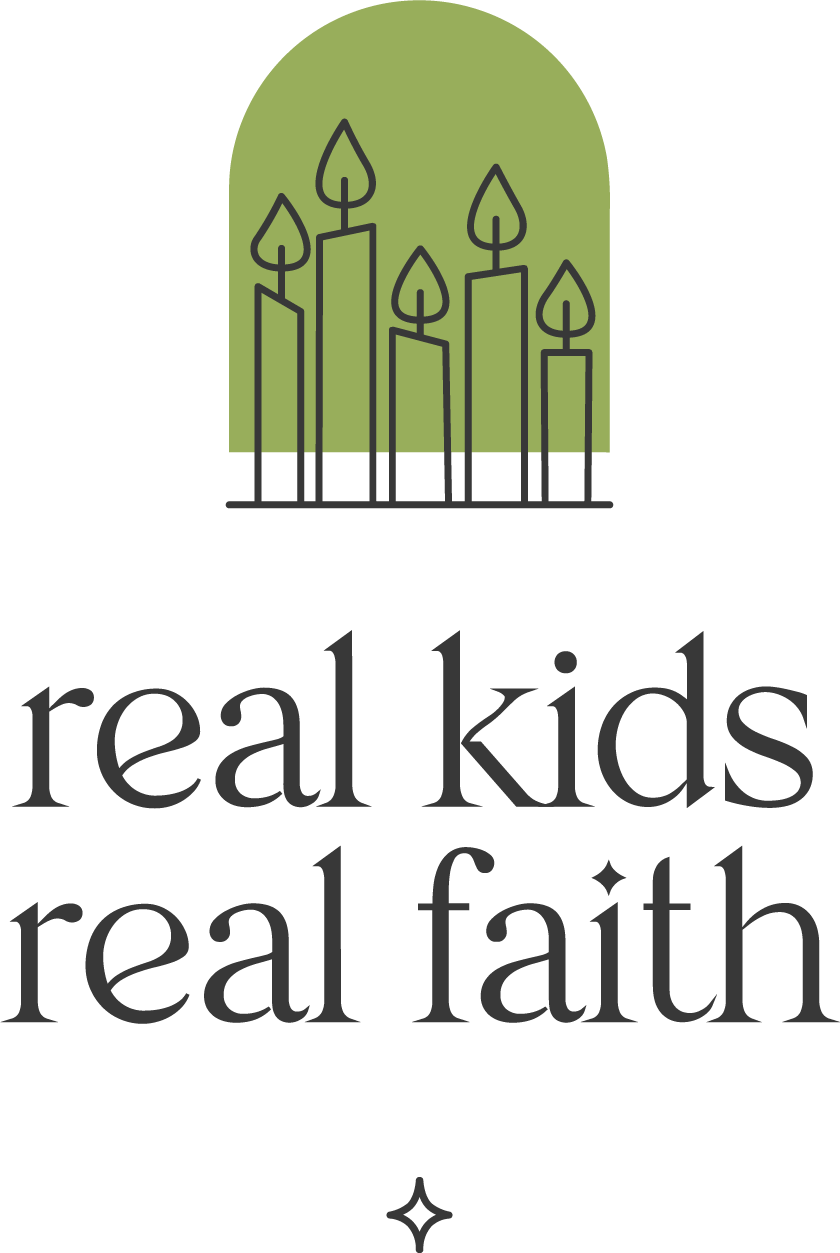The transition from childhood to adolescence brings a host of new emotions to the fore: anxiety, envy, embarrassment, and ennui (boredom). Inside Out 2 explores how these new emotions play havoc with a young person’s sense of self.
Newly thirteen year old Riley has developed a mostly comfortable identity as ‘a nice person’, personified by moments of joy, fear, sadness, disgust, and anger. However, when puberty begins, she (and her childhood emotional support team) struggle to imagine who she might be going forward. It’s a bumpy ride and the movie refuses to tie up Riley’s story neatly in its 100 minute run time.
Watch the movie together and then encourage older children to explore their own sense of self alongside Riley and her emotions through one or more of these activities.
Anxiety. For much of the movie, Anxiety replaces Joy as the emotion in charge of Riley’s feelings. Create a table to compare and contrast the two emotions. Ask children: What are some of Joy’s characteristics? List them in one column. Then ask: What are Anxiety’s characteristics? List them in a second column. Invite children to circle characteristics they have in common (e.g., both want Riley to be happy). Talk about how their differences might affect Riley’s (and their) decision-making and actions.
Sarcasm. When Riley feels pressured to ‘fit in’ with the Firehawks, she uses sarcasm to make fun of her favorite band and best friends. Her childhood emotions also struggle to get information from others because their questions sound sarcastic. Invite children to play a game where they take turns saying a phrase and then someone else turns it into a sarcastic statement. Encourage kids to pay attention to how they feel as they hear or say each statement. Ask: Which statement feels more authentic? Which communicates your true feelings?
Self. Joy protects Riley’s sense of self by banishing uncomfortable memories. Anxiety wants to create a new, anxious self. In the end, all of Riley’s memories become part of her changing identity. Invite children to draw a self-portrait that depicts some of the many memories that make up their identity. Encourage them to include both comfortable and uncomfortable recollections that shape who they are.
Grounding. When Riley is sent to the penalty box during the hockey camp scrimmage, she is overwhelmed with anxiety. She responds by taking deep breaths, feeling the wood of the bench with her hand, and pressing her skates against the floor. Invite children to sit (or lie) on the floor, close their eyes, and think of a situation when they felt really anxious. Say: Remember how your body reacted to your anxiety. (pause) Imagine your heart pounding, your head spinning, your rapid breathing. (pause) Now take a deep breath (pause) and let it out slowly. (pause) Deep breath (pause), let it out. (pause) Press your hands, feet, or body into the floor and notice how solid it feels. (pause) Continue pressing and breathing slowly until you feel calm. (pause) When you feel ready, open your eyes. Share what felt easy and hard about this grounding practice.
Deep Dark Secrets. For this activity, children need to have seen the bonus scene at the end of the credits, when Deep Dark Secret shares what he’s hiding. Invite children to disclose any childhood secrets that they are ready to share and talk about why they felt they needed to hide that experience from others. Ask: What emotions did you attach to the secret? Why were you afraid to share it? Why are you ready to share it now?

Comments